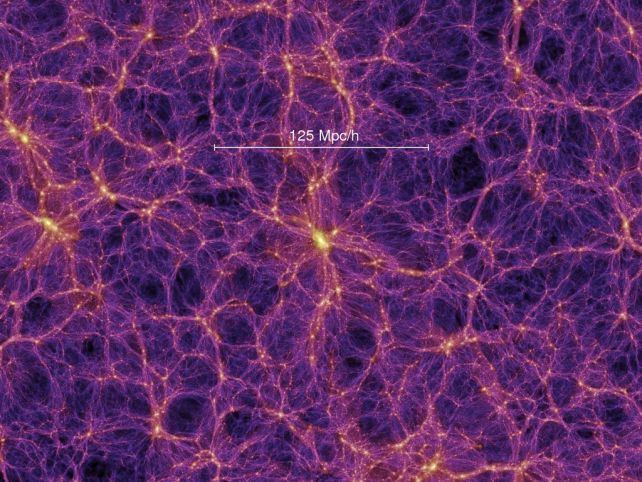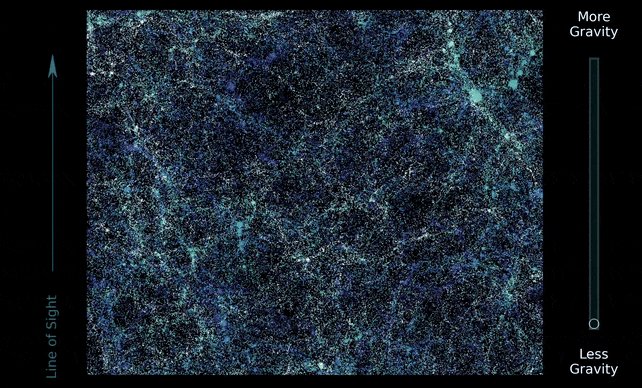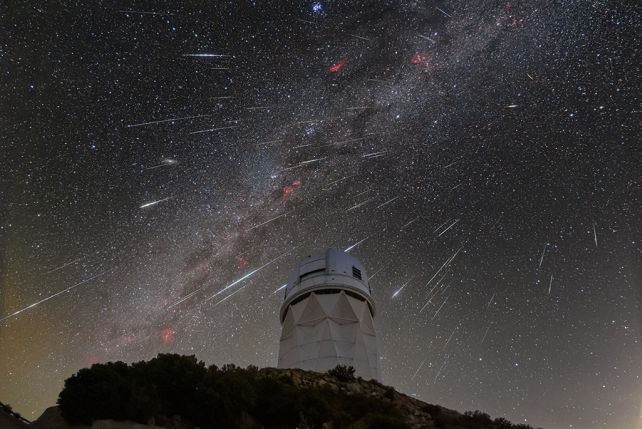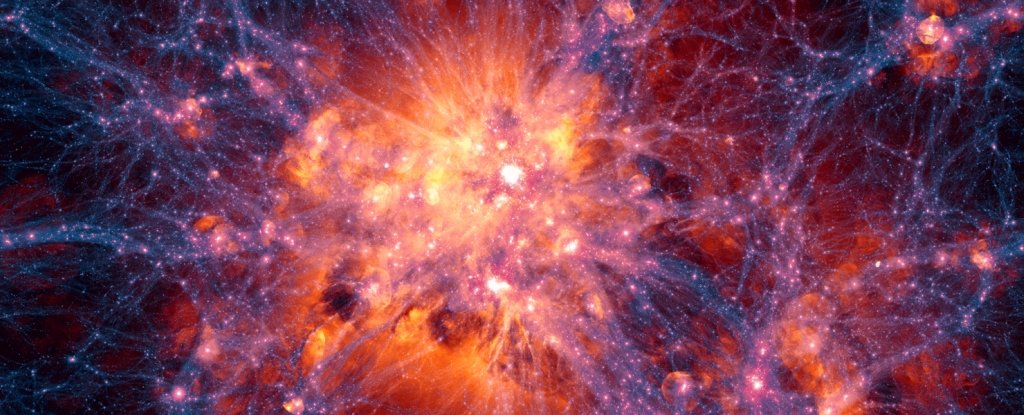Products You May Like
The mathematics Albert Einstein devised to describe the gravitational workings of the physical Universe in the early 20th century is still holding strong.
In one of the biggest tests of general relativity to date, a huge team of astronomers has mapped the distribution of nearly 6 million galaxies across 11 billion years of the Universe’s history.
The way gravity clumps these galaxies together along strands of the cosmic web against the outward pull of the expansion of the Universe, and the way that web evolves over time, is exactly consistent with predictions made by Einstein’s famous theory.
It is, perhaps, the largest test of general relativity to date, spanning most of the 13.8-billion-year history of the Universe – meaning that the theory holds up at the biggest scales as well as the smallest.
The findings have been submitted for publication, and are available in three new preprints uploaded to arXiv ahead of peer review.
“General relativity has been very well tested at the scale of solar systems, but we also needed to test that our assumption works at much larger scales,” says cosmologist Pauline Zarrouk of the French National Center for Scientific Research.
“Studying the rate at which galaxies formed lets us directly test our theories and, so far, we’re lining up with what general relativity predicts at cosmological scales.”
Gravity is fundamental to the way the Universe works. We don’t know what it is or why it is, just that objects with mass tend to attract other objects with mass; that the strength of the attraction is directly proportional to the mass; and that it alters the geometry of space-time around a mass.

It also behaves like a glue that draws the Universe together. Large filaments of gravitational fields generated by dark matter span the entire Universe in a sort of web; and most of the matter in the Universe is distributed along the strands and nodes of this cosmic web.
It’s predictable and measurable and, so far, extremely well constrained and defined by the theory of general relativity. But finding flaws in the theory could reveal solutions to some remarkably thorny problems, such as the irreconcilable differences between quantum mechanics and classical physics. So scientists keep poking it to see if the Universe’s contents look just how general relativity says it ought to, on all scales.
This brings us to the Lawrence Berkeley National Laboratory-led Dark Energy Spectroscopic Instrument (DESI), a huge international collaboration that is currently working to map the observable Universe to unravel its biggest secrets. It’s been operational since 2019; the new results are based on a detailed and extended analysis of just the first year of data obtained by the instrument.
The DESI Collaboration used that data to conduct a painstaking survey of 5.7 million galaxies and quasars across the history of the Universe, mapping their growth, evolution, and distribution along the cosmic web from the early Universe 11 billion years ago.

They used the theory of general relativity to predict the cosmic web’s growth and distribution, and found that the Universe we live in has behaved the way relativity says it should, on an epic cosmic scale. Add more gravity, or take some away, and the Universe would no longer look the same.
The result follows a paper earlier this year that measured the expansion rate of the Universe based on cosmic relics of acoustic waves that froze when the atomic fog that filled the early Universe cleared. The DESI Collaboration hopes that ongoing efforts will continue to shed light on the evolution of the Universe and, in turn, the mysterious forces that drive it.
“This is the first time that DESI has looked at the growth of cosmic structure,” says physicist Dragan Huterer of the University of Michigan. “We’re showing a tremendous new ability to probe modified gravity and improve constraints on models of dark energy. And it’s only the tip of the iceberg.”

The results also placed constraints on the upper limit for the mass of the neutrino, a particle so ‘ghostly’ that we’ve been unable to weigh it precisely.
The survey is still ongoing, as is the Collaboration’s work. The researchers are currently analyzing the data from the first three years of DESI’s operation. By the time the instrument completes its work, it will have collected data on more than 40 million galaxies and quasars.
Among the keenest hopes is that it will help reveal the nature of dark matter, the mysterious invisible something responsible for generating extra gravity in the Universe; and dark energy, the mysterious invisible something responsible for driving the variably accelerating expansion of the Universe.
“Dark matter makes up about a quarter of the Universe, and dark energy makes up another 70 percent, and we don’t really know what either one is,” says physicist Mark Maus of Lawrence Berkeley National Laboratory and the University of California Berkeley.
“The idea that we can take pictures of the Universe and tackle these big, fundamental questions is mind-blowing.”
The team’s papers are now available on preprint server arXiv.
